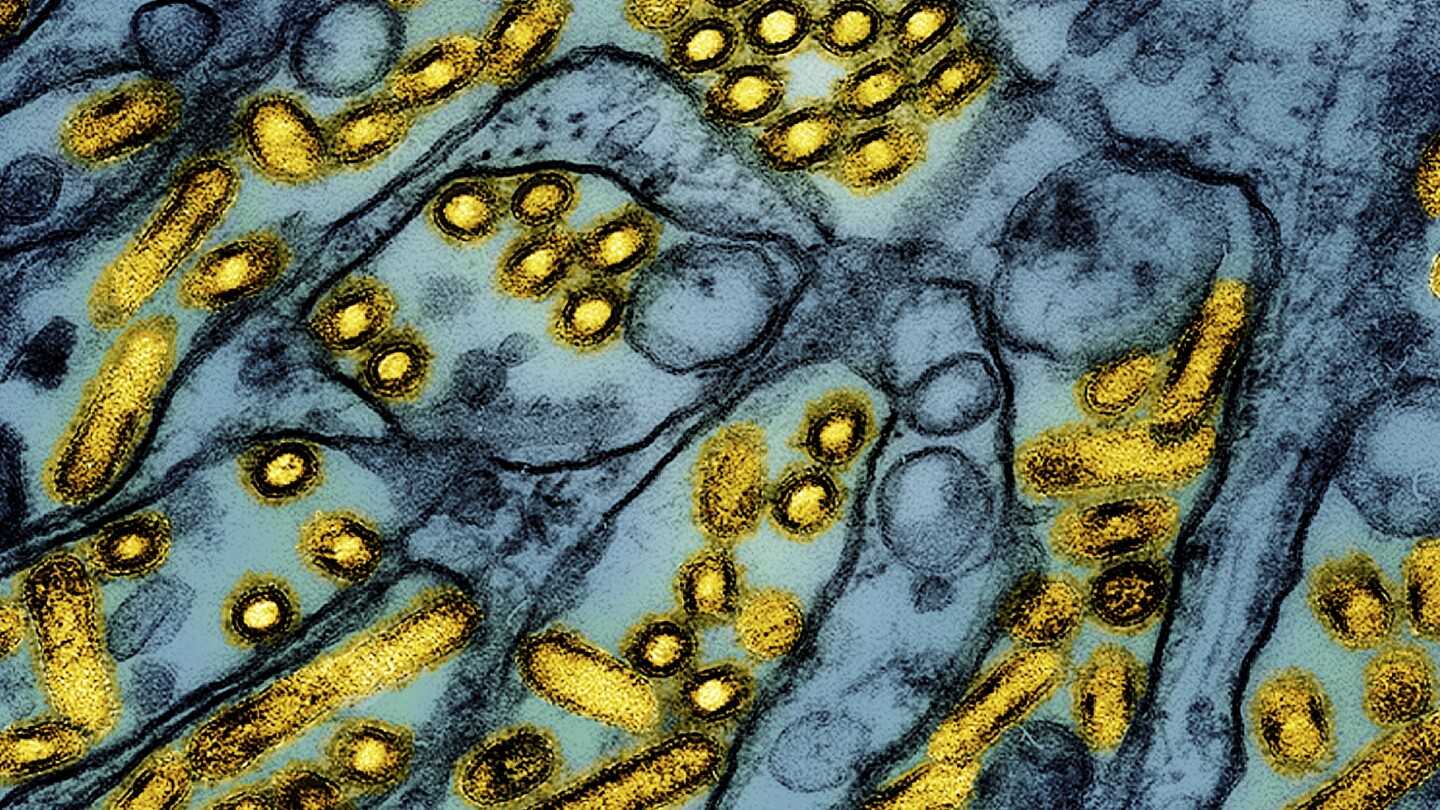New Bird Flu Strain Detected in Nevada: Implications for Public Health
A newly identified strain of bird flu has raised alarms after being detected in a dairy worker in Nevada. This discovery has prompted health officials to closely monitor the situation, assessing potential risks to public health and implementing preventive measures to avert any possible outbreaks. Understanding this development is crucial, as it highlights the intricate relationship between animal health, human health, and the ecosystem.
Understanding the Bird Flu Virus
Bird flu, or avian influenza, is primarily a viral infection that affects birds but can occasionally infect humans. The most notable strains include H5N1 and H7N9, which have caused significant concern due to their high mortality rates in humans. The recent identification of a new strain in Nevada, while still under investigation, underscores the ongoing threat posed by avian influenza to public health.
This particular strain was detected in a dairy worker, indicating potential zoonotic transmission—where diseases jump from animals to humans. While the exact strain involved in this case is still being analyzed, this incident serves as a stark reminder of the importance of surveillance in both animal and human populations.
Potential Risks of the New Strain
The detection of a new bird flu strain in a dairy worker raises several questions regarding its potential impact on public health. Here are some critical factors to consider:
- Transmission Dynamics: Understanding how this strain spreads is essential. If it easily transmits between humans, the risk of an outbreak increases significantly.
- Severity of Infection: Preliminary data on the virulence of this specific strain will help determine its potential health impacts.
- Existing Immunity: The population’s immunity to similar strains may influence how widespread any potential outbreak could be.
Preventive Measures Being Implemented
In response to the detection of the new bird flu strain, health officials in Nevada and beyond are taking several proactive steps to mitigate risks:
- Enhanced Surveillance: Increased monitoring of poultry farms and close interactions with livestock is crucial to identify any further cases early.
- Public Awareness Campaigns: Educating the public—especially those working closely with animals—about the symptoms of bird flu and how to minimize risks.
- Vaccination Efforts: Research is ongoing to develop vaccines that could protect poultry from this strain, thereby reducing the risk of transmission to humans.
Historical Context of Bird Flu Outbreaks
The history of bird flu outbreaks provides valuable lessons. In 1997, the H5N1 strain led to the first known human infections, primarily in Hong Kong, after close contact with infected birds. Since then, various outbreaks have surfaced globally, often linked to poultry markets or farms. Understanding past outbreaks helps public health officials prepare for potential future incidents.
For example, during the H1N1 pandemic in 2009, the world witnessed how quickly a virus could spread globally. Bird flu strains, particularly those with high pathogenicity, hold similar potential. Therefore, vigilance is paramount.
The Role of Agriculture and Biosecurity
Agricultural practices play a significant role in the emergence and spread of avian influenza. Biosecurity measures on farms can help prevent the introduction and spread of the virus. Here are some effective strategies:
- Controlled Access: Limiting access to farms can reduce the risk of introducing the virus through human contact.
- Regular Health Checks: Monitoring the health of birds on farms can help identify potential outbreaks before they escalate.
- Proper Waste Management: Ensuring that waste is managed correctly can reduce the risk of virus transmission between farms and wildlife.
Public Health Preparedness
Public health agencies are on high alert following the detection of this new bird flu strain in Nevada. The detection emphasizes the need for robust health infrastructure capable of responding swiftly to zoonotic diseases. Some key components include:
- Interagency Collaboration: Coordination between agricultural, environmental, and health departments is essential for comprehensive monitoring and response.
- Research and Development: Continued investment in research to understand avian influenza viruses better and develop effective vaccines and treatments is crucial.
- Community Engagement: Engaging communities, particularly those involved in agriculture, in prevention strategies can enhance overall resilience against outbreaks.
Conclusion: Staying Vigilant and Prepared
The detection of a new bird flu strain in Nevada poses potential risks that cannot be ignored. However, through enhanced monitoring, public education, and improved agricultural practices, the chances of a significant outbreak can be mitigated. As we continue to navigate the complexities of zoonotic diseases, the collaboration between public health officials, agricultural leaders, and the community is vital for safeguarding human health.
While the immediate threat may not be clear, staying informed and prepared is the best course of action. As history has shown, the interplay between animal health and human health is delicate and demands our attention. Together, we can face the challenges posed by emerging infectious diseases and protect public health.
See more WebMD Network



